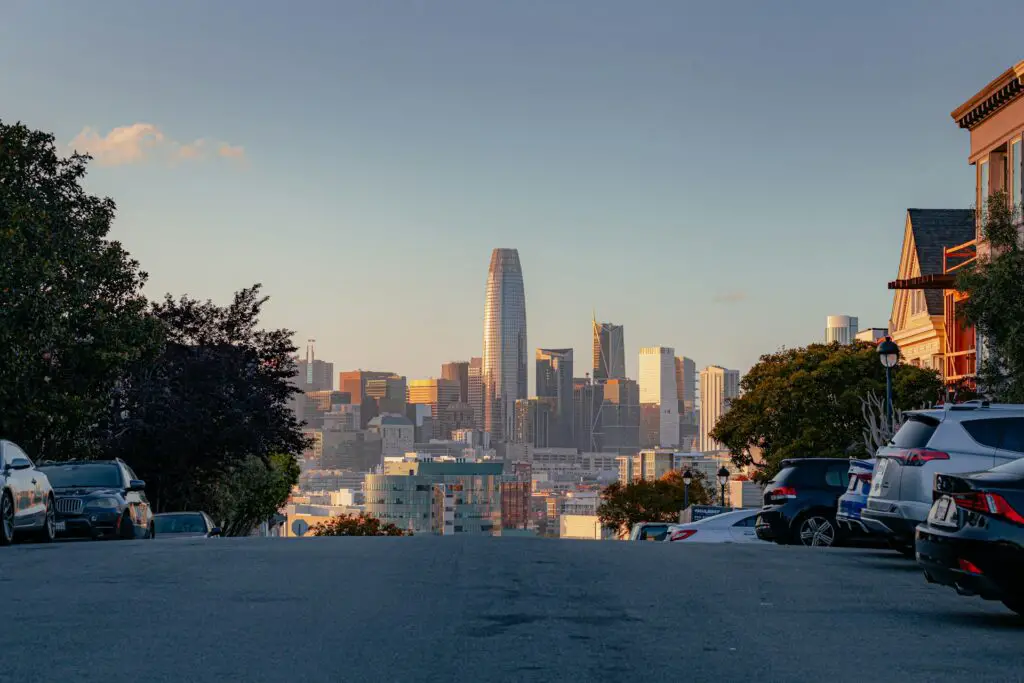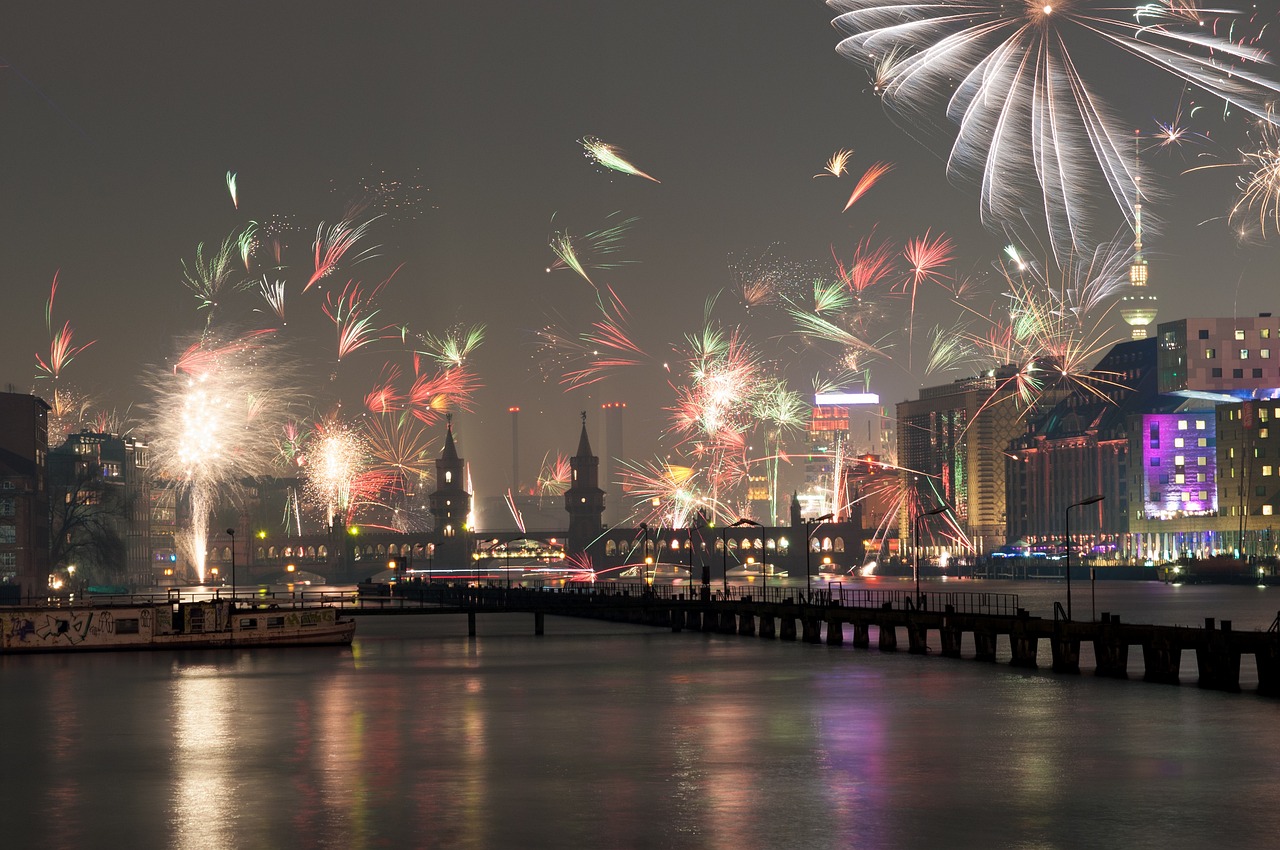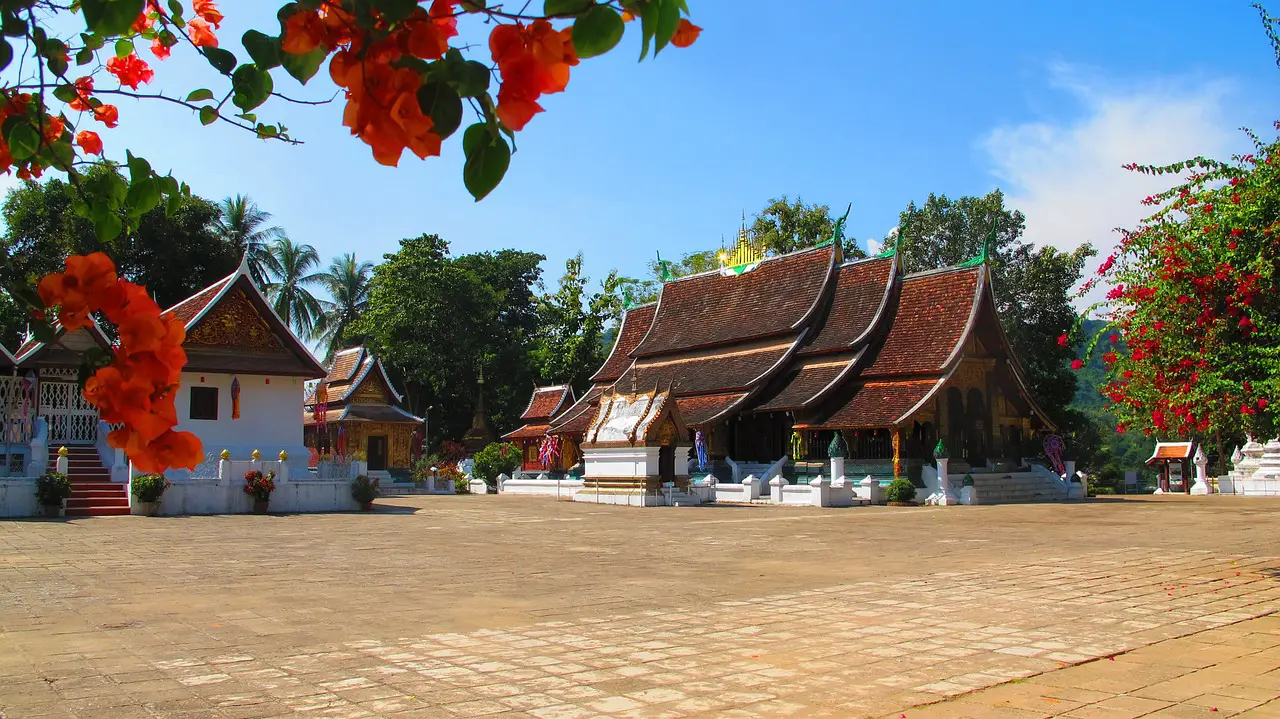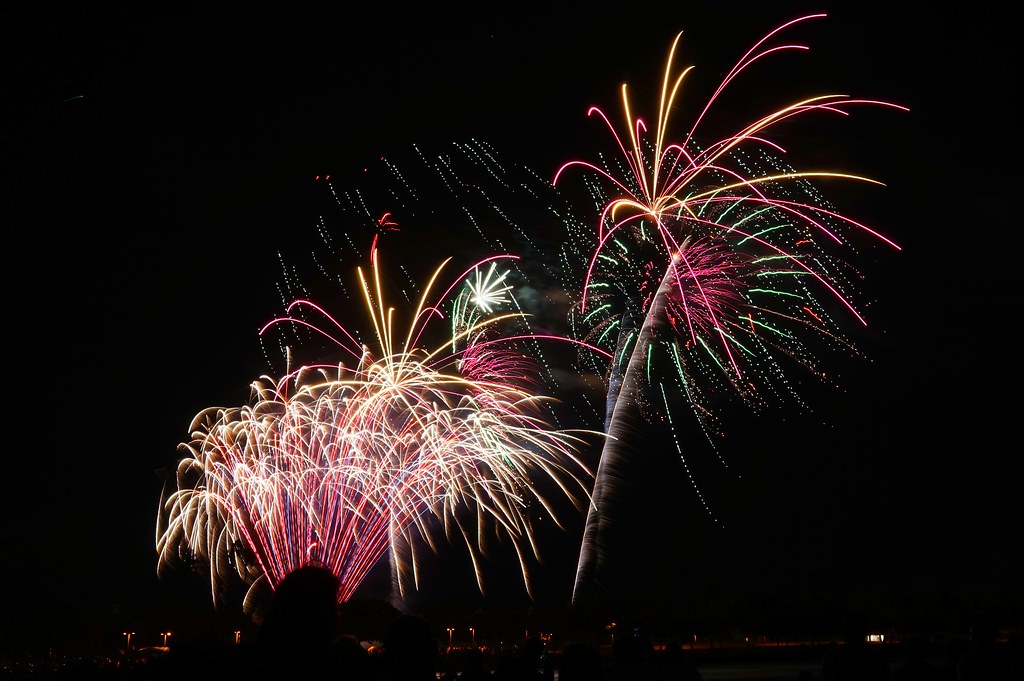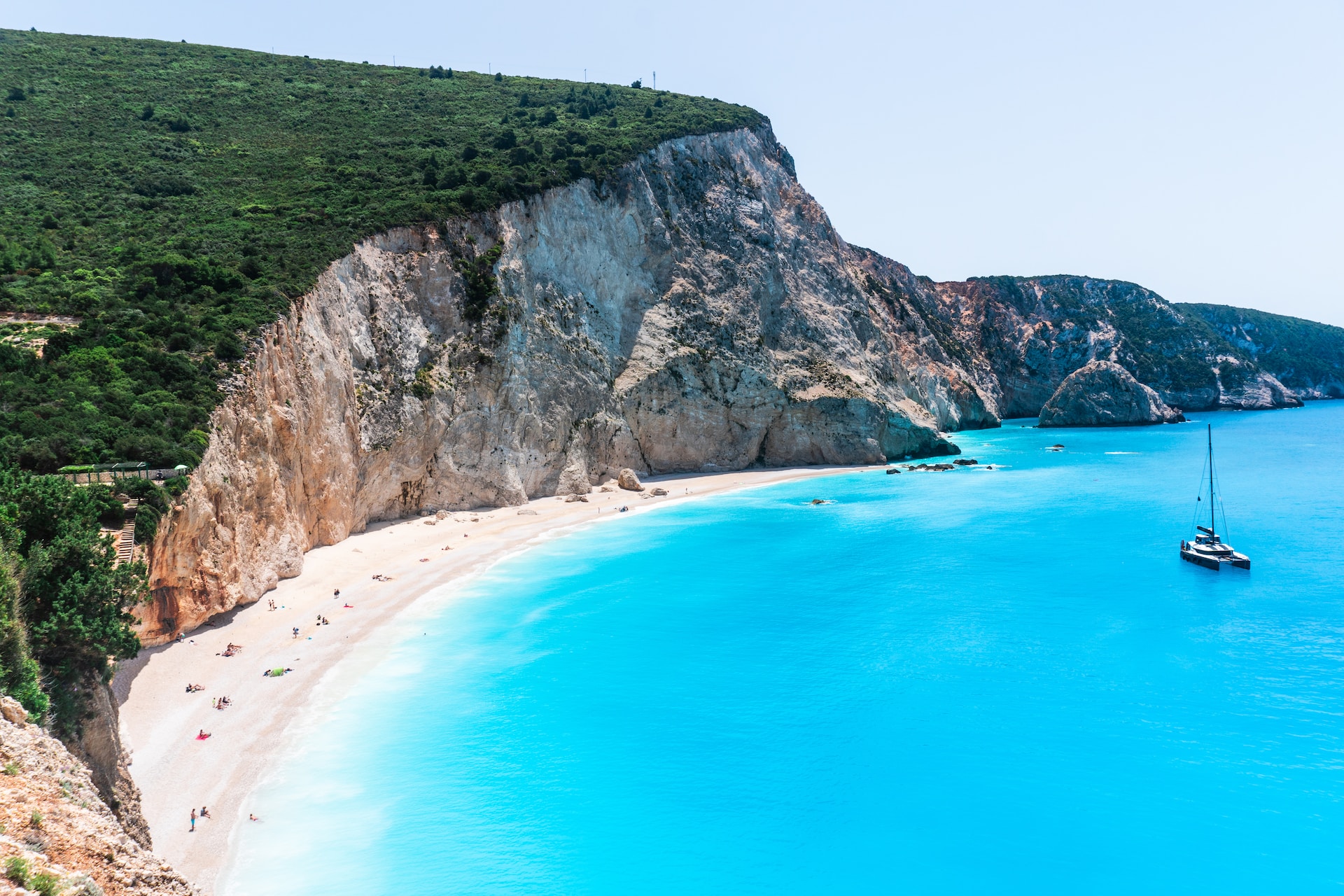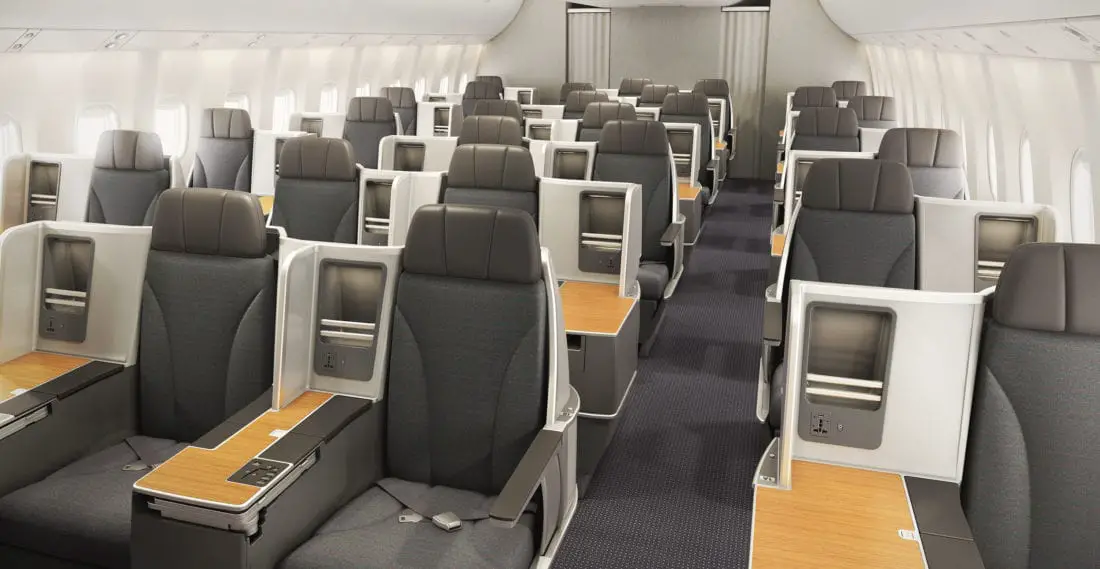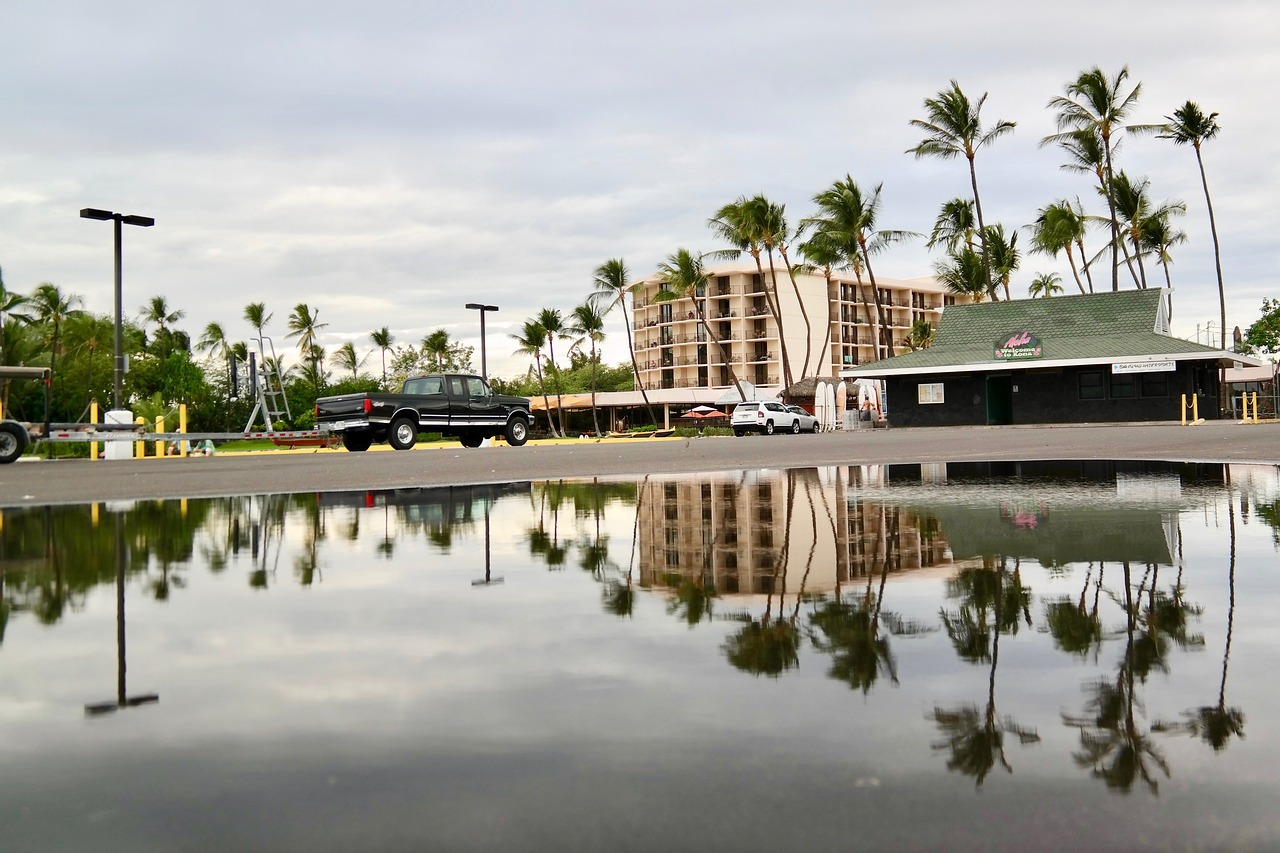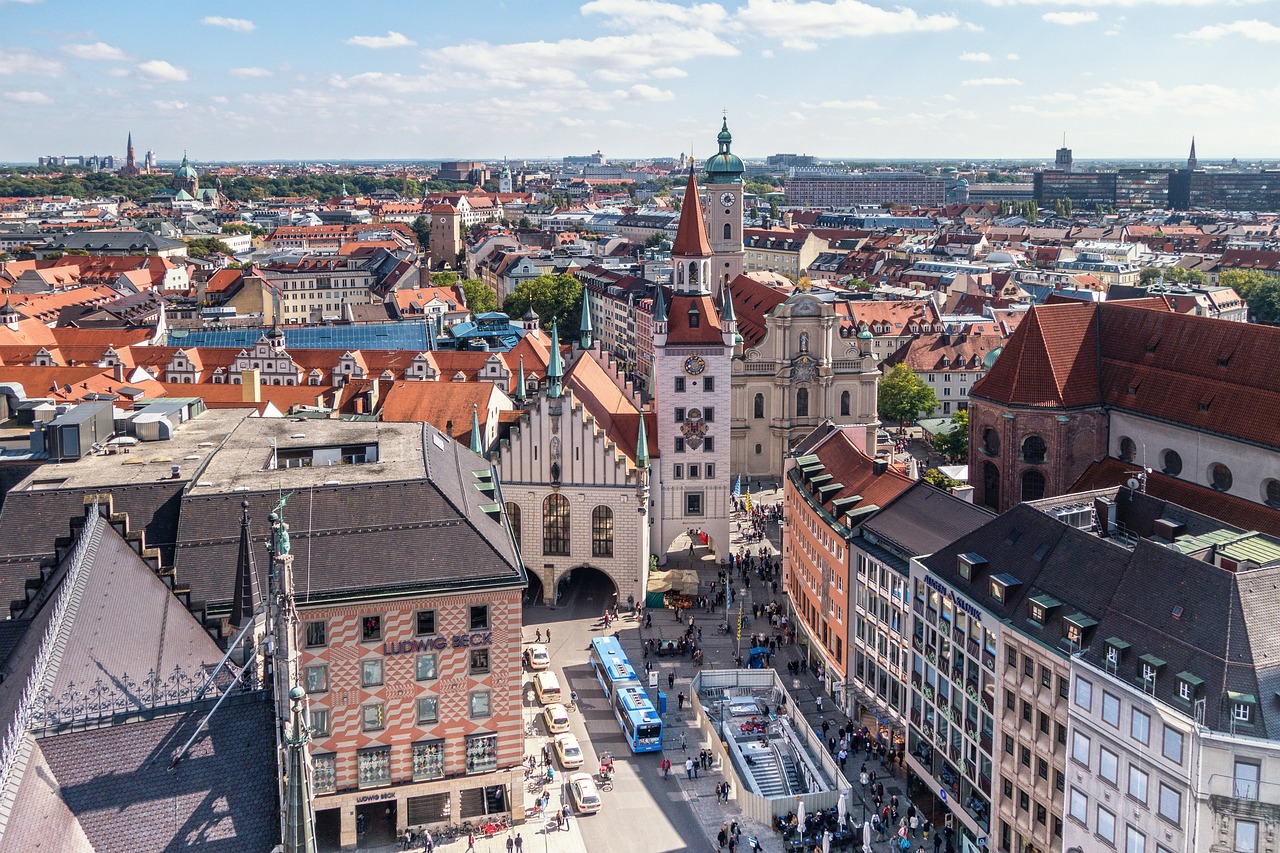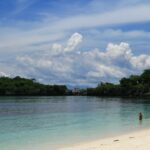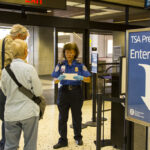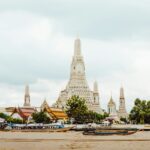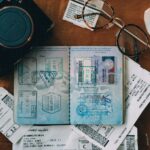San Francisco, with its iconic Golden Gate Bridge, vibrant neighborhoods, and rich cultural tapestry, is a must-visit destination. However, its famously unpredictable weather and popularity among tourists can make choosing the perfect time to visit a challenge. The city’s unique microclimates, cool coastal fog, and bustling tourist seasons mean that timing your trip can significantly impact your experience. To enjoy pleasant weather and fewer crowds, certain months stand out as ideal. This article explores the best times to visit San Francisco, balancing good weather with lower tourist traffic, while providing practical tips for planning your trip.
Understanding San Francisco’s Weather and Crowds
San Francisco’s weather is famously quirky, influenced by its coastal location and proximity to the Pacific Ocean. The city experiences a Mediterranean climate with mild, wet winters and dry summers, but its microclimates create variations even within neighborhoods. For instance, areas near the ocean, like the Outer Sunset, are often cooler and foggier, while inland spots like the Mission District can be warmer and sunnier. The infamous fog, lovingly called “Karl” by locals, often blankets the city in summer, particularly in June and July, creating cooler temperatures than many expect.
Crowds in San Francisco peak during major holidays, summer months, and large events like Pride (June) or Oracle OpenWorld (September/October). Hotels and attractions, such as Alcatraz Island and Fisherman’s Wharf, can be packed, and prices for accommodations often spike. To maximize your enjoyment, aim for times when the weather is reliably pleasant—ideally sunny and mild, with temperatures between 60°F and 75°F—and tourist numbers are lower, allowing for shorter lines and a more relaxed experience.
Based on climate data, local insights, and tourism patterns, the best times to visit San Francisco for good weather and fewer crowds are September, October, early November, April, and May. Below, we dive into each season, highlighting why these months shine, and offer tips to make the most of your visit.
Why September and October Are Prime Months
Weather: San Francisco’s “Indian Summer”
September and October are widely regarded as San Francisco’s best months for weather. These months mark the city’s “Indian Summer,” when the fog dissipates, and temperatures are at their warmest, typically ranging from 60°F to 70°F, with occasional spikes into the mid-70s. Clear, sunny days are common, making it ideal for outdoor activities like strolling across the Golden Gate Bridge, hiking in Lands End, or picnicking in Dolores Park. Rainfall is minimal, with September averaging just 0.2 inches and October around 1 inch, according to historical weather data from the National Weather Service.
The warm, sunny conditions in these months are a stark contrast to the foggy, cooler summer months. For example, while July might see highs of 65°F with heavy morning fog, September often brings blue skies and comfortable evenings, perfect for dining al fresco in neighborhoods like North Beach or the Marina.
Crowds: Quieter Post-Summer Rush
By September, the summer tourist surge—driven by families on school vacations—begins to wane. Kids are back in school, and many domestic travelers shift focus to fall routines. While San Francisco never lacks visitors, attractions like the Cable Car Museum or Pier 39 are noticeably less crowded than in June or July. Hotel rates also tend to drop slightly compared to peak summer, though booking early is still wise, especially during large events like Fleet Week in early October, which draws crowds for its air shows and naval displays.
Events and Activities
September and October host vibrant events that enhance a visit without overwhelming the city. The San Francisco Fringe Festival (September) offers quirky, affordable theater, while Oktoberfest celebrations pop up in bars and breweries. Fleet Week, typically in early October, brings spectacular Blue Angels air shows over the Bay, best viewed from Crissy Field or Fort Mason. These events attract visitors but don’t create the gridlock of summer festivals like Outside Lands (August).
Tip: Book Alcatraz tours and restaurant reservations in advance, as these remain popular year-round. For outdoor adventures, head to Golden Gate Park or the Presidio for hiking and biking under clear skies.
Early November: A Hidden Gem
Weather: Mild and Crisp
Early November offers a sweet spot before the winter rains set in. Temperatures range from 55°F to 65°F, with mostly sunny or partly cloudy days. Rainfall increases slightly, averaging 1.5 inches for the month, but showers are typically brief and don’t disrupt plans significantly. The crisp air is perfect for exploring neighborhoods like Chinatown or taking a ferry to Sausalito, where you can enjoy Bay views without summer’s chillier breezes.
Crowds: Low Season Begins
Early November marks the start of San Francisco’s low tourist season. With summer and fall events behind, and holiday crowds not yet arriving, attractions like the Exploratorium or SFMOMA see shorter lines. Hotels often offer competitive rates, and you’re more likely to snag a table at popular restaurants like Tartine Bakery or Zuni Café without long waits. However, avoid the week of Veterans Day, as it can draw some crowds for parades and events.
Events and Activities
Early November is relatively quiet for major festivals, which means more space to enjoy San Francisco’s year-round attractions. Visit the Japanese Tea Garden in Golden Gate Park for serene fall scenery, or explore the murals in the Mission District without jostling through crowds. The Bay Area’s farmers’ markets, like the Ferry Building’s, are less hectic, offering fresh produce and local treats.
Tip: Pack layers, as mornings and evenings can be cool. Check for early holiday events, like the lighting of Union Square’s Christmas tree, which can start mid-November and draw local crowds.
Spring: April and May Shine
Weather: Blooming and Breezy
April and May bring mild, pleasant weather, with highs of 60°F to 70°F and lows around 50°F. Spring showers are possible—April averages 1.5 inches of rain, May about 0.7 inches—but they’re typically light and short-lived. The city’s parks and gardens, such as the San Francisco Botanical Garden, burst with blooms, making it a picturesque time for outdoor exploration. Fog is less prevalent than in summer, and sunny days are common, especially in May.
Crowds: Pre-Summer Calm
Spring is another shoulder season, with fewer tourists than summer or early fall. Families are less likely to travel before school breaks, and international visitors haven’t yet flooded in for peak season. Popular spots like Fisherman’s Wharf or Coit Tower are manageable, and you can often find last-minute deals on accommodations. However, May can see a slight uptick in visitors as summer nears, so early April is often the quieter of the two.
Events and Activities
Spring brings lively but not overwhelming events. The San Francisco International Film Festival (April) showcases indie films, while Bay to Breakers (May), a quirky 12K race with costumed runners, adds a festive vibe without paralyzing the city. Cherry Blossom Festival in Japantown (April) is a cultural highlight, featuring food, music, and martial arts displays. For nature lovers, spring is ideal for whale watching tours from the Bay, as gray whales migrate along the coast.
Tip: Bring a light jacket for windy days, especially near the coast. Book ferry rides to Angel Island or Alcatraz early, as spring is a popular time for these excursions.
Why Avoid Peak Summer (June–August)?
While summer might seem like an obvious choice for visiting San Francisco, it’s often the least ideal time for good weather and low crowds. June and July are the foggiest months, with “Karl” rolling in most mornings and evenings, keeping temperatures cool (55°F–65°F). August sees slightly clearer skies but remains cooler than fall. Summer also brings the largest crowds, with families flocking to attractions during school vacations. Major events like San Francisco Pride (June) and Outside Lands (August) cause spikes in hotel prices and packed venues. Unless you’re attending a specific summer event, September or October offers better weather and fewer tourists.
Winter (December–March): A Mixed Bag
Winter is San Francisco’s rainy season, with December through February seeing the most precipitation (3–5 inches per month). Temperatures hover between 50°F and 60°F, and while sunny days occur, overcast skies and rain are common. Crowds are low outside of holiday periods (Christmas, New Year’s, and Chinese New Year in February), making it a budget-friendly time to visit. However, the wet weather can limit outdoor activities, and some attractions, like coastal trails, may be muddy or less enjoyable. If you’re set on winter, late February to early March can offer occasional dry spells and very low crowds.
Practical Tips for Visiting San Francisco
Pack for Layers: San Francisco’s weather can shift dramatically within a day or even a neighborhood. A lightweight jacket, scarf, and comfortable shoes are essential year-round.
Book in Advance: Even in shoulder seasons, popular attractions like Alcatraz sell out weeks ahead. Reserve tickets and accommodations early to secure deals.
Explore Beyond Downtown: Neighborhoods like the Mission, Haight-Ashbury, or Noe Valley offer authentic experiences with fewer tourists. Use public transit (Muni or BART) to navigate easily.
Check Event Calendars: Before booking, review San Francisco’s event schedule on sites like SF Tourism or Eventbrite to avoid unexpected crowds from conventions or festivals.
Leverage Shoulder Seasons for Deals: Look for hotel and flight discounts in April, early November, or late February, when demand is lower.
Embrace Microclimates: If it’s foggy at Ocean Beach, head inland to sunnier spots like Mission Dolores Park or Twin Peaks for better views.
Sample Itinerary for a September Visit
To illustrate how to enjoy San Francisco during a prime month, here’s a 3-day itinerary for September:
Day 1: Iconic Sights
Morning: Walk or bike across the Golden Gate Bridge, enjoying clear views. Grab coffee at the Warming Hut.
Afternoon: Explore the Presidio’s trails and visit the Walt Disney Family Museum.
Evening: Dine in North Beach at an Italian restaurant like Tony’s Pizza Napoletana.
Day 2: Culture and Nature
Morning: Stroll through Chinatown, visiting the Golden Gate Fortune Cookie Factory.
Afternoon: Relax in Golden Gate Park, exploring the Botanical Garden or de Young Museum.
Evening: Catch a sunset at Lands End and dine at Cliff House for ocean views.
Day 3: Bay and Beyond
Morning: Take a ferry to Alcatraz for a guided tour (book early!).
Afternoon: Wander Fisherman’s Wharf and sample clam chowder at Boudin Bakery.
Evening: Enjoy cocktails and views at a rooftop bar like The View Lounge in Union Square.
Conclusion
San Francisco’s charm lies in its blend of natural beauty, cultural richness, and urban energy, but choosing the right time to visit can make or break your experience. September, October, early November, April, and May offer the best balance of good weather—mild, sunny, and mostly dry—and lower crowds, allowing you to explore iconic landmarks and hidden gems with ease. By planning around these shoulder seasons, packing for variable weather, and booking key activities in advance, you’ll unlock the best of San Francisco without the hassle of peak-season crowds or foggy summer days.
Whether you’re marveling at the Golden Gate Bridge or savoring dim sum in Chinatown, these months ensure a memorable, comfortable trip to the City by the Bay.
